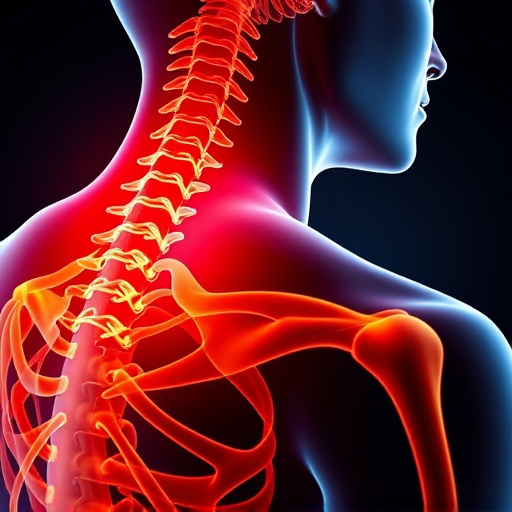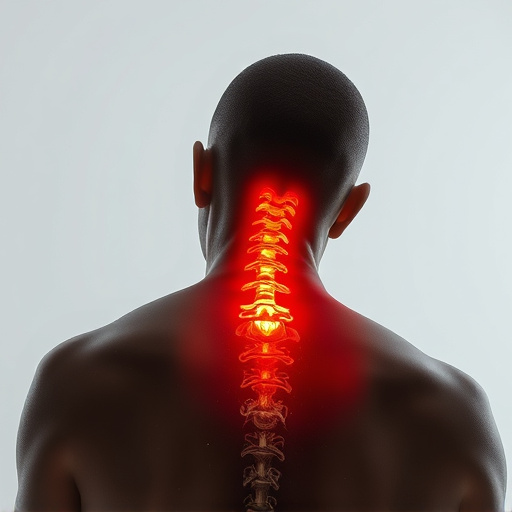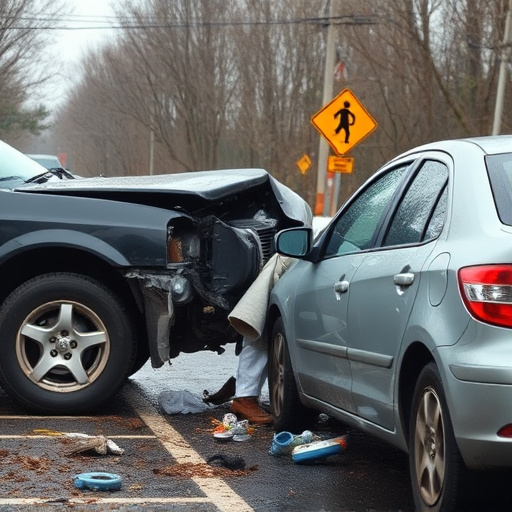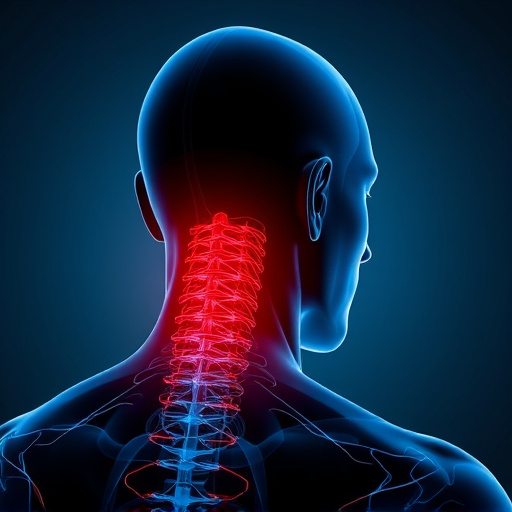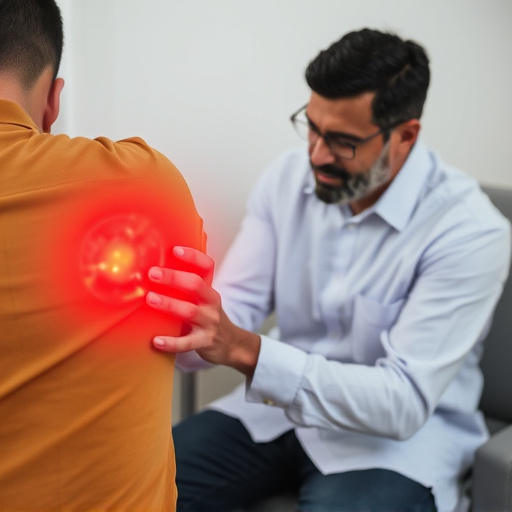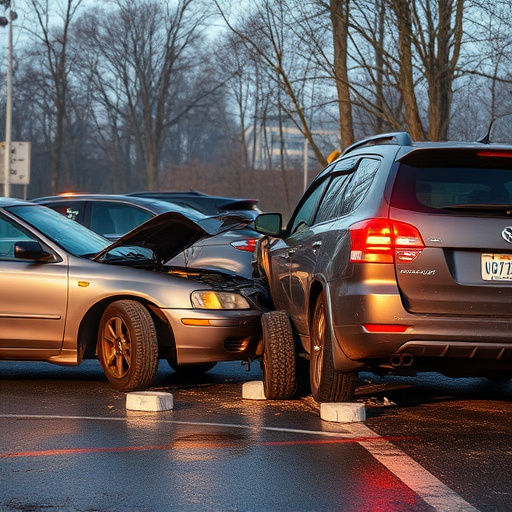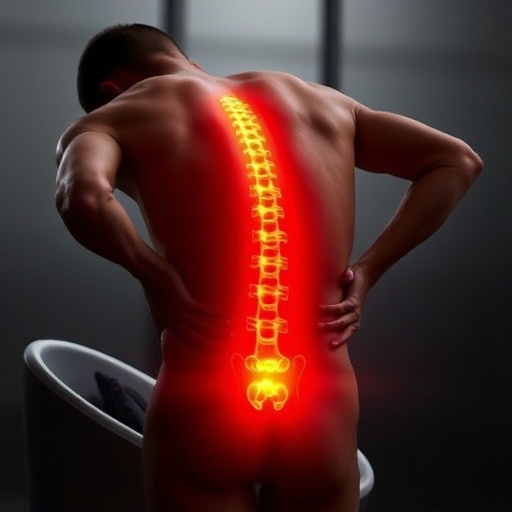Returning to work after a motor vehicle accident is a significant step towards reclaiming independence, requiring physical, emotional, and mental adjustments. Individuals need to assess their abilities, adopt new routines, utilize adaptive equipment, and explore treatments like spinal adjustments. Supportive networks, professional guidance, and a resilient mindset are crucial for recovery. This process unveils hidden strengths, encourages lifestyle adaptations, and paves the way for renewed purpose and well-being, with functional rehabilitation playing a pivotal role in regaining strength and independence. Effective reintegration involves open communication with employers about accommodations and managing expectations to minimize workplace stress.
Returning to work after the conclusion of motor vehicle accident care can be a challenging yet crucial step towards regaining control of your life. This transition requires careful navigation, as individuals must adjust to a “new normal” while building resilience. The process involves understanding how to manage physical and emotional changes, effectively communicating with employers, and adopting strategies for a successful return to the workplace. By exploring these aspects, this article offers valuable insights for a smoother reintegration into professional life post-motor vehicle accident care.
- Adjusting to Life Post-Motor Vehicle Accident Care
- Navigating Your Return to the Workplace
- Building Resilience and Adapting to New Normalcy
Adjusting to Life Post-Motor Vehicle Accident Care
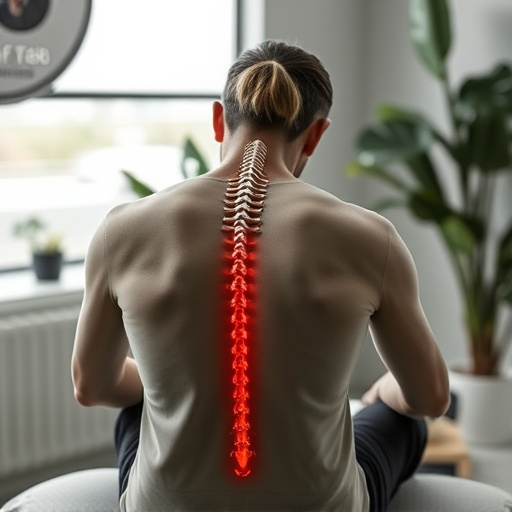
Returning to work after the conclusion of motor vehicle accident care can be a significant step towards reclaiming one’s life and independence. Many individuals experience a range of physical, emotional, and mental adjustments as they navigate this transition. The period following motor vehicle accident care is often characterized by acclimating to new limitations or changes in physical abilities. This might involve adopting different routines, utilizing adaptive equipment, or learning non-invasive treatment methods like spinal adjustments to manage pain and improve mobility.
The journey towards auto accident recovery is highly personal, and individuals may face unique challenges. Some find solace in supportive networks, seeking guidance from healthcare professionals, therapists, and peers who have gone through similar experiences. Adjusting to life post-motor vehicle accident care requires patience, resilience, and a willingness to embrace new possibilities. It’s during this phase that many people discover hidden strengths and learn to adapt their lifestyles, paving the way for a renewed sense of purpose and well-being.
Navigating Your Return to the Workplace
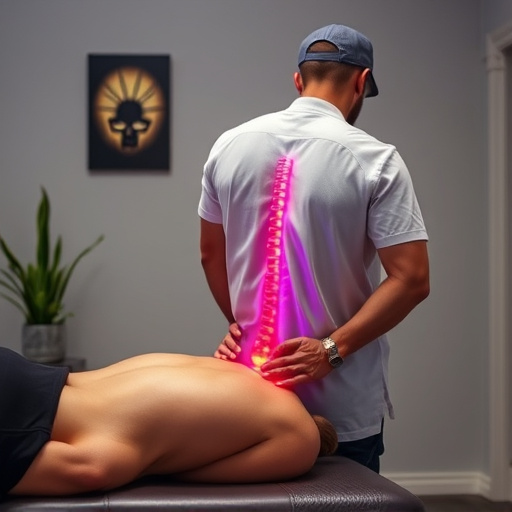
Returning to work after motor vehicle accident care can be a challenging transition. It’s crucial to approach this phase with careful planning and open communication. First, assess your physical abilities and limitations—this might involve consulting with your healthcare team, including physical therapists who can guide you through exercises to regain strength and mobility. Remember that recovery is unique for everyone; don’t rush it, as doing so could exacerbate existing conditions or lead to new injuries.
Next, inform your employer about your return date and discuss any accommodations needed to facilitate your reintegration. This might include adjustments to your workstation or schedule, especially if you’re experiencing chronic pain relief or headache relief needs. Engaging with your HR department and healthcare providers can ensure a smooth transition, helping you manage expectations and minimize potential stress at the workplace.
Building Resilience and Adapting to New Normalcy
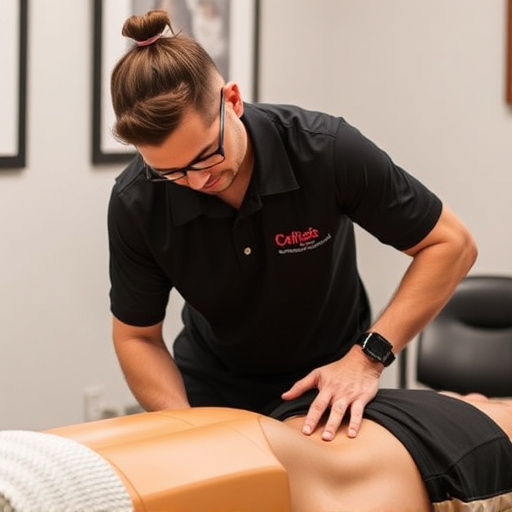
Returning to work after motor vehicle accident care ends is a significant step towards rebuilding one’s life. This transition requires resilience and adaptability as individuals navigate their “new normalcy.” After a period of recovery, focusing on mobility improvement and auto accident recovery becomes crucial for those involved in such incidents.
Functional rehabilitation plays a pivotal role in this process, helping individuals regain strength, flexibility, and independence. It involves a range of therapies tailored to specific needs, enabling them to adapt to their changed circumstances. This journey demands patience, perseverance, and a positive mindset. By embracing challenges and adopting strategies for coping with physical changes, individuals can find new ways to thrive in their careers and daily lives.
Returning to work after the end of motor vehicle accident care marks a significant step towards reclaiming your life and identity. By navigating your return strategically, building resilience, and adapting to new normalcy, you can successfully re-enter the professional world. This process involves recognizing your strengths, setting realistic goals, and fostering open communication with employers and healthcare providers. Embracing these steps ensures a smoother transition, allowing you to thrive in your career while managing any ongoing care needs.



